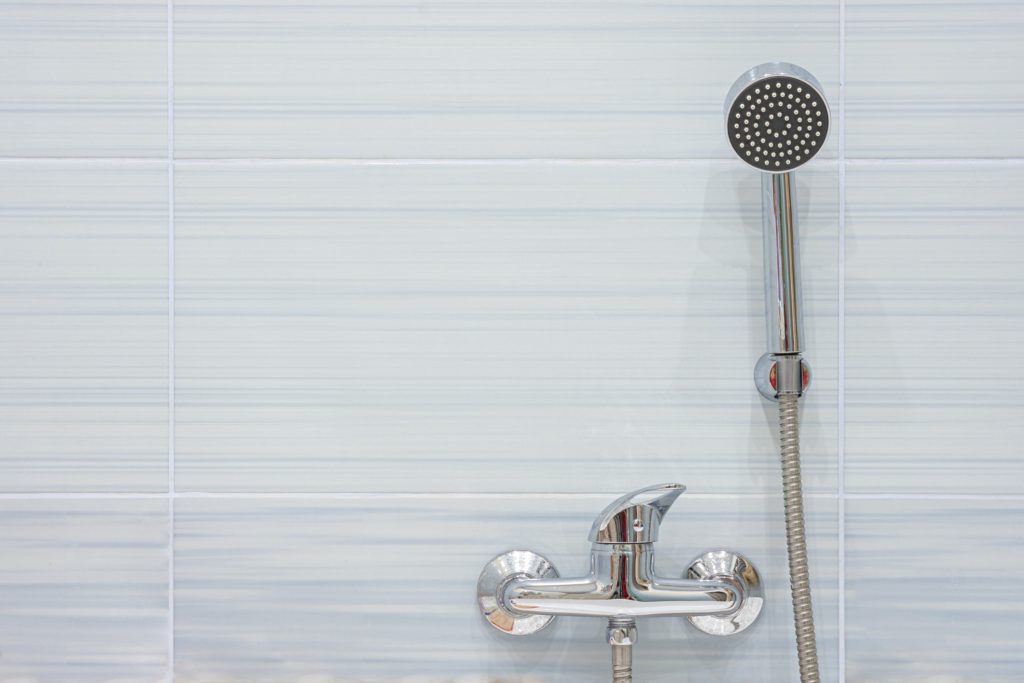Showerheads get all the glory. Rainfall, adjustable, hand-held, Wi-Fi-enabled…the choices are seemingly endless. Yet one integral part of a shower system most people overlook is the faucet. Sure, it may not seem as exciting, but a shower faucet plays a vital role in your shower experience. Read on to learn more about the various types of shower faucets available today and how to select one that best suits your needs.
But first, and for the record, the shower head is the piece that the water comes out of when you turn on the shower. Shower faucets are the shower head plus the valve that controls the flow of water and its temperature. Bathtub and shower faucets are three-piece systems that include a shower head, the valve, and the bath faucet.

Shower Faucet Types
Shower faucets are separated by their controls.
- The only option for many years, two-tap mixer faucets use two separate levers for hot and cold water. Water is not mixed until both enter the pipe to the shower head.
- Single-tap mixer faucets are among the most popular for hotels and residential homes. They have a single lever that balances the input of hot and cold water and controls flow rate. You can also choose a single-tap mixer faucet that has separate levers to control flow rate and temperature; it draws both hot and cold water into the mixer and brings them to a desired temperature before sending the water through the shower head.
- A panel shower faucet is a more recent addition to the faucet family. It features a vertical panel with plumbing connections for an overhead faucet, handheld faucet, bathtub faucet, and even multiple body sprayers. While delivering the ultimate shower experience, a panel may not be an ideal choice for a home with low water pressure.
Things to Consider
Ready to replace your existing shower set up? Keep the following factors in mind to ensure you choose the right combination of shower faucet and head.
- Ease of installation. Some faucets are more complex to install than others. With some basic plumbing know-how, many homeowners can swap out a shower faucet for a like model. But if your plumbing skills stop with turning water on and off, you’ll need to hire a pro.
- Shower or tub space. Measure the area you’re working with to ensure that the faucet style you choose fits the available space. Smaller showers cannot accommodate multiple sprayers and showerheads.
- Flow rate. A low flow of water in the shower can prove frustrating as you try to lather and rinse. Check the flow rate of the faucet you plan to purchase to make sure it won’t substantially reduce household water pressure, if at all.
- Number of handles. Do you want to adjust the temperature and flow rate with one handle or have separate controls? Or do you like the bells, whistles, and complexity of a panel faucet with multiple controls?
- Handle placement. Most handles are placed below the shower head, but several kits allow for placement wherever you wish (depending on placement of pipes behind the wall and any relocation that might be required).
For the most part, this is not a DIY project. It is, however, right up our alley at Eagle Service Company. Invite us to your home so we can check out existing plumbing, and then advise you on the best course of action. No matter what, we promise you an improved shower experience.


